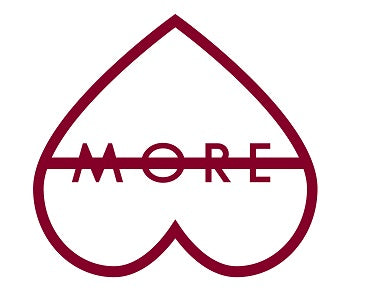Sunglasses-info
Field of use
These sunglasses protect against the risk of eye injury from exposure to sunlight (other than injury from looking at the sun).
These sunglasses comply with the applicable essential health and safety requirements set out in Regulation (EU) 2016/425 and with the harmonized standards EN ISO 12312-1:2013 and EN ISO 12312-1:2013/A1:2015
Employment Restrictions
- not intended for direct observation of the sun or solar eclipses
- not intended for protection against artificial light sources (e.g. solarium)
- not intended for eye protection against mechanical impact hazards. In the event of an impact, the glasses themselves may break causing injuries to the face and eyes.
- unsuitable for driving at dusk or at night.
- unsuitable for driving at night or in conditions of poor visibility
- The sensitivity to light and glare, especially in conditions of high luminosity, such as on the snow, on the beach or in the open sea, vary from person to person but it must be considered that the clearest filters, categories 0 and 1, reduce it measures less solar radiation in the visible range, while guaranteeing excellent protection in the UV region.
storage
When not in use and during transport, the sunglasses must be stored in the original case at a temperature between -10°C and +35°C.
Avoid exposure to the sun in unconditioned closed environments (e.g. car dashboard) because the temperatures reached in these conditions can damage the functionality of the glasses.
In case of wear (e.g. scratches, opacity) of the sun filters, it is advisable to replace them with original spare parts.
Cleaning
Use a damp cloth and normal neutral detergent and dry with a clean soft cloth.
Avoid the use of solvents (e.g. alcohol and acetone) and aggressive chemical detergents which can compromise the functionality of the glasses.
Marking
The model identification is marked inside the temple.
The last digit that appears inside the right rod corresponds to the filter category, as defined by EN ISO 12312-1 and shown in the table below.
If an asterisk is also present, it means that the lens does not meet the requirements for restricted driving by US or Australian standards.
If there are two numbers it means that the lens is photochromic; they identify the filter categories of the lens in the lightest and darkest state.
If there is a "Z" after the filter category, it means that the lens is polarizing.
